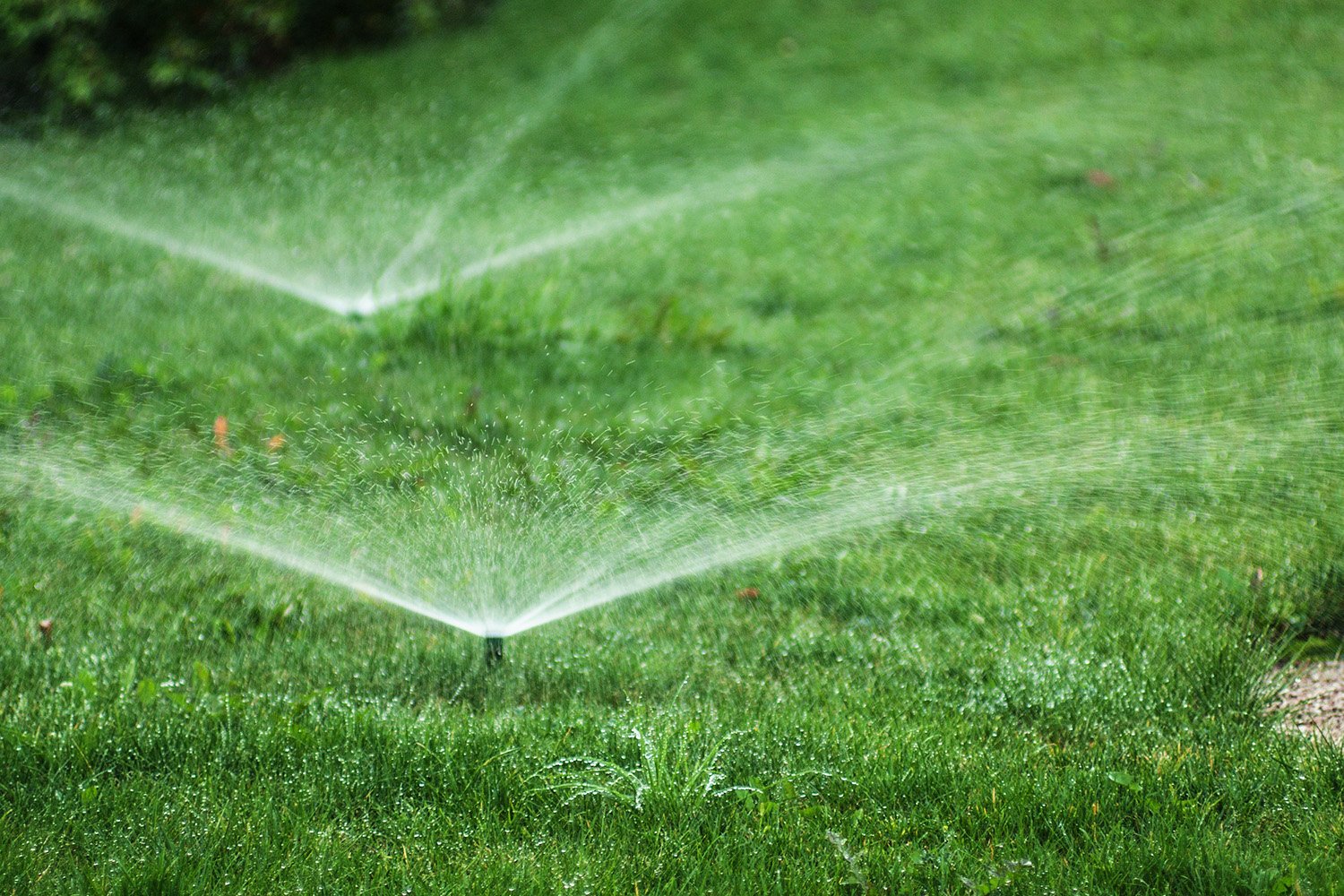Preventing Overwatering in Your Landscaping This Summer
Watering your lawn may seem straightforward, but overwatering can be just as harmful to your landscape as neglecting it. Many homeowners inadvertently overwater their lawns and plants, causing long-term damage. To protect your landscape and avoid these common pitfalls, it’s essential to take proactive steps.
Key strategies include understanding your soil type, establishing an effective watering schedule, regularly maintaining your irrigation system, and recognizing the signs of overwatering. Let’s explore these steps in detail.
Understand Your Soil Type
One of the first factors to consider when watering is your soil type. The soil’s composition dictates how much water your landscape actually needs. Sandy soils, for example, drain water rapidly, meaning frequent watering can be inefficient as the water seeps away from plant roots. In contrast, clay soils retain water but can become dense and prevent moisture from reaching plant roots, which leads to pooling and potential runoff. Aside from sand and clay, there are several other soil types, each with its own water requirements. You can conduct a simple soil test or enlist professional help to identify your soil type and determine the best watering practices.
Create a Thoughtful Watering Routine
A solid watering routine is crucial to avoiding excess water. If you have an automatic sprinkler system, adjusting the settings to water during optimal times can make a big difference. For manual watering, consistency is key—watering at the same time on set days of the week promotes healthier plant growth. The best time to water is early morning when cooler temperatures reduce evaporation. It's also vital to adjust watering frequency based on weather and plant needs. For instance, most lawns need roughly one inch of water per week, though this can vary by climate and grass type. A general rule is to water for about 30 minutes twice a week, but always check that your soil is moist six inches deep before continuing. Trees and shrubs require deeper watering, ideally between 8 to 12 inches.
Regularly Inspect Your Irrigation System
Automatic sprinkler systems offer convenience, but they can also lead to overwatering if not monitored. It’s essential to periodically check your system to ensure it's running smoothly. Start by observing each sprinkler head, looking for leaks, improper spray patterns, or areas of excess water. Uneven patches in your yard, such as soggy spots or puddles, may indicate a malfunction. By regularly inspecting and maintaining your system, you can prevent water waste and protect your landscape from potential damage. If problems arise, don’t hesitate to call irrigation professionals to assess and fix any issues.
Watch for Warning Signs of Overwatering
Another critical aspect of preventing overwatering is recognizing its early warning signs. Common indicators include persistently wet soil, yellowing leaves, or plants with brown spots or mushy stems. These symptoms suggest your plants are receiving too much water and need a revised watering schedule. Checking your soil monthly can help you stay ahead of any problems. Ensure water reaches plant roots without pooling or causing runoff, and consider amending your soil to improve water retention, which can reduce how often you need to water.
Consult Rosewood Landscape for Optimal Watering
Determining the ideal watering routine can be tricky, especially when you factor in soil type and local weather conditions. If you're unsure how much or how often to water, seeking professional guidance is a smart choice. The landscaping experts at Rosewood Landscape can help with everything from installing and fine-tuning sprinkler systems to ensuring your plants receive the right amount of water. With their expertise, you can enjoy a lush, healthy landscape all summer long.


